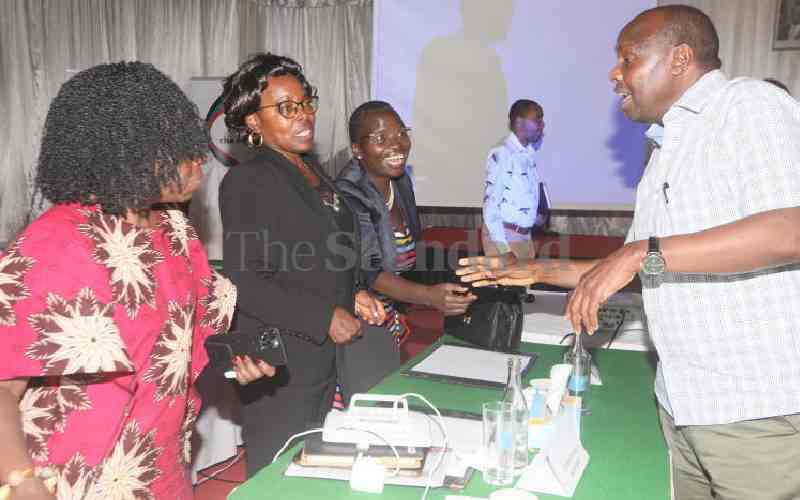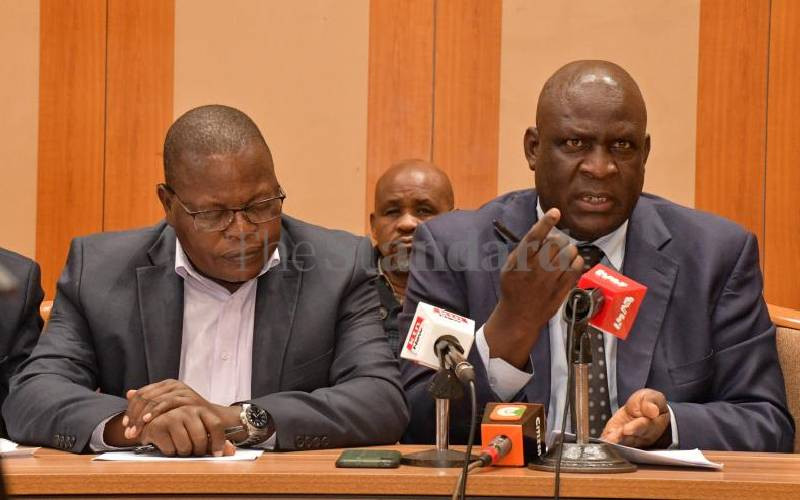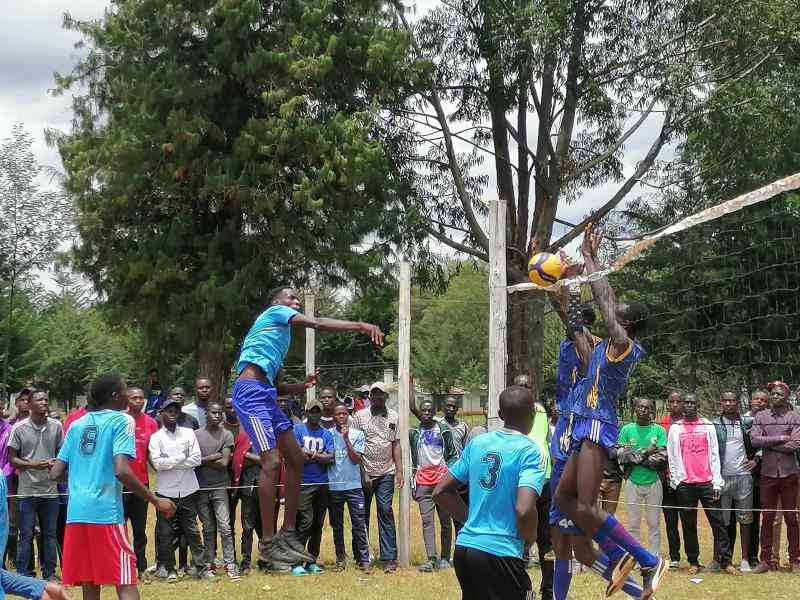By PETER KAMURI
Urgent improvement is needed in the quality of education if learners will be transformed to highly productive citizens, according to a World Bank report released last week.
This, the Education and Health Services in Kenya - Data for Results and Accountability report adds, will also see learners take advantage of economic opportunities and seek better jobs.
The report cites teachers’ absenteeism as one of the problems that needs to be addressed if improvement in the education sector is to be seen. Although the average absence in schools is relatively low at 16 per cent, a fifth of schools surveyed had a school absence rate of between 20 and 40 per cent, and for a tenth of schools it is above 40 per cent.
The new Service Delivery Indicators for Kenya show there is an even bigger concern: Teachers who are present at school but absent from class. For every 100 public school teachers, only 55 were in class teaching and 27 were at school but not teaching. This translates to an average teaching time of only two hours and 40 minutes in public schools out of a five hours and 40 minutes official teaching day.
The report further says senior teachers in public schools, who are also better educated and more experienced are most likely to be absent from class. This also applies to those who come from districts where they teach.
It was established absence was also more likely among teachers who teach higher grades, who were born in the same district as the school they are working in and who are on permanent contracts.
Classroom time
Excluding head teachers and principals, a male teacher with a permanent contract is 64 per cent more likely to be absent from the classroom compared to a female teacher with no permanent contract (33 per cent absent versus 64 per cent).
The WB report says there may be various reasons that underpin absenteeism — some sanctioned and some not, but the bottom line is that excused or unexcused absence has the same result; pupils that are not being taught.
The report further says private school teachers were a third less likely to be absent from classroom and spend 50 per cent more time in the classroom. Notably, these differences translate into, on average, an hour and nine minutes more teaching time per day in private schools. This echoes the findings that 30 per cent of classrooms with children in public schools were without a teacher, almost twice as much compared to private schools.
Assessment
On a test to find out teachers’ knowledge of the subjects they teach, it was established that it was relatively modest, and the pedagogical skills to transform their knowledge into meaningful teaching was worryingly low. Only a third (35 per cent) of public school teachers scored at least 80 per cent on a test based on the curriculum they teach.
The findings also established that teachers who are female, younger, less experienced, and on short-term contracts score better on the assessment.
The report is a partnership of WB, the African Economic Research Consortium and the African Development Bank.
Stay informed. Subscribe to our newsletter
 The Standard Group Plc is a
multi-media organization with investments in media platforms spanning newspaper
print operations, television, radio broadcasting, digital and online services. The
Standard Group is recognized as a leading multi-media house in Kenya with a key
influence in matters of national and international interest.
The Standard Group Plc is a
multi-media organization with investments in media platforms spanning newspaper
print operations, television, radio broadcasting, digital and online services. The
Standard Group is recognized as a leading multi-media house in Kenya with a key
influence in matters of national and international interest.
 The Standard Group Plc is a
multi-media organization with investments in media platforms spanning newspaper
print operations, television, radio broadcasting, digital and online services. The
Standard Group is recognized as a leading multi-media house in Kenya with a key
influence in matters of national and international interest.
The Standard Group Plc is a
multi-media organization with investments in media platforms spanning newspaper
print operations, television, radio broadcasting, digital and online services. The
Standard Group is recognized as a leading multi-media house in Kenya with a key
influence in matters of national and international interest.








